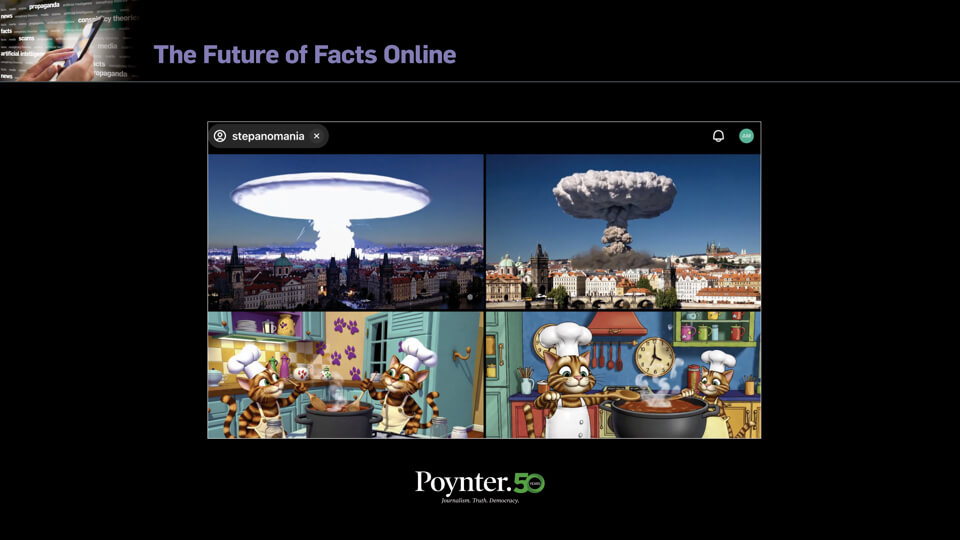Whether you’re a working reporter looking for greener pastures or a college journalist hoping for that first job, your work will always be your best resumé.
In the newspaper world, your body of work is known as your “clips,” short for “clippings.”
A young reporter interested in exploring new opportunities posed these questions about the process the other day: How many clips — and what kind — should I send?
Not an avalanche, as too many people do, I told her. You don’t want the newspaper to have to buy a filing cabinet just for your application. Send no more than six to eight stories with your application; an editor can always ask for more. Select clips that show your range.
In general, an effective portfolio should show an editor you can handle standard journalistic tasks: report and write on deadline, come up with your own story ideas as well as respond to assignments, produce a graceful feature or profile, cover a meeting with clarity. It will be a plus if you also include a personal essay that can move a reader to genuine laughter or tears.
Try to include the following:
- One or two stories that you reported and wrote on daily deadline: a meeting, speech, or public safety story.
- A story that you wrote on assignment from a teacher or editor as well as a story that you came up with yourself.
- A feature story about a trend or a profile of a person.
- A personal essay on a serious or light topic.
Sheryl James attracted the attention of editors at the St. Petersburg Times with a whimsical piece on pantyhose; hired in news features, she went on to win a Pulitzer Prize.
Pick only your very best work. If you don’t have published clips, provide samples of writing for class assignments or free-lance projects you have submitted for publication.
Should I send originals or photocopies?
The reporter posing the questions was sending original copies, aka tearsheets, and these would allow editors to see how the story was packaged and presented. However, if an editor wanted to make copies to share with colleagues and had to wrestle your original within a photocopier’s confines, you may have caused more trouble than it’s worth.
My advice would be to make sure nothing in your package is on paper larger than letterhead ( 8 1/2 x 11 inches) so editors can easily photocopy the package for others in the newsroom to read. Instead of reducing the print so that an editor needs a magnifying glass to read it, take the time to arrange the story on more than one page. Make sure you leave some white space on all sides; there’s nothing more self-defeating than a story that cuts off the first or last letters on a line.
Clips, of course, are just one ingredient in a job hunting package. For more on the subject, check out these resources:
Clips: http://www.freep.com/jobspage/toolkit/clips.htm
Cover letters: http://www.freep.com/jobspage/toolkit/cover.htm
The incomparable Jobs Page: http://www.freep.com/jobspage/index.htm
(maintained by Joe Grimm, recruiting and development editor at the Detroit Free Press).
Broadcast journalists hunting for work rely on the resume tape — a compilation of video and audio samples. Jim Disch, director of news and programming at Chicagoland Television News, has a good tip sheet here: http://www.journaliststoolbox.com/placement/packets30.html
The more this young reporter and I talked about clips, the more I wanted to know what others — especially reporters and editors with stories to tell about approaches that succeeded or failed — have to say on the subject. I promised I’d ask my readers for help.






